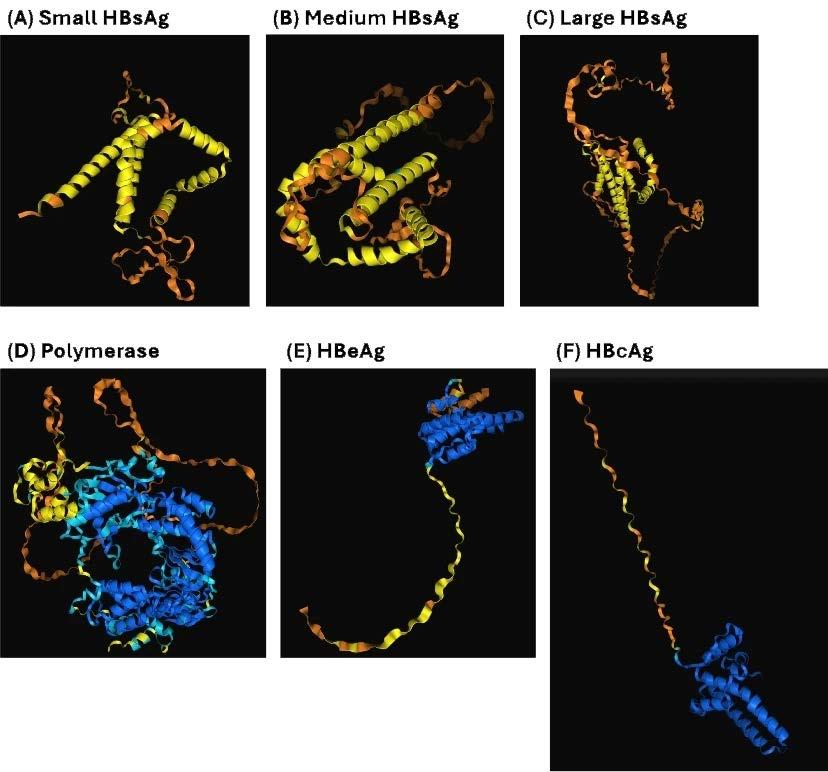
2 minute read
Conserved Recombination patterns across Hepatitis B Genotypes
Conserved Recombination patterns across Hepatitis B Genotypes
Hepatitis B virus (HBV) infection is a major public health concern, as chronic HBV infection can lead to liver cirrhosis and increase a person’s risk of developing hepatocellular carcinoma (HCC). HBV has been classified into ten genotypes (A to J). Here, we analysed the genotypic diversity and recombination patterns of HBV using 14486 publicly available HBV genome sequences.
Partial sequences and sequences with no metadata were filtered out, resulting in a final dataset of 8823 HBV genomes. These sequences were then combined with 41 HBV reference genomes from NCBI GenBank, and a maximum-likelihood phylogenetic tree was constructed to generate ten HBV genotype datasets. Multiple sequence alignment was performed for each HBV dataset, and using RDP5.64, we identified 288 unique recombination events. Inter-genotype B/C recombination events were most common (found in 626/1194 identified recombinants), including 22/66 recombination events detected in viruses that are phylogenetically genotype B and 22/78 that are phylogenetically genotype C.
to factors such as local sequence similarity, GC content, or selection against recombination-induced protein misfolding.
It also remains plausible that many of the detected recombination events in the pre-C/X region and in other genome regions have been impacted by selective processes that are more difficult to test for directly. Specifically, some recombination events might be favoured by natural selection if they transfer persistence and/or transmissibility-enhancing mutations between genomes. For example, we observed that pre-S/Sencoding genome segments tend to be transferred as an entire unit during recombination and that some pre-S/S mutations are related to vaccine failure, immune escape, and occult HBV infection.
Similarly, mutations within the part of Pol that also tends to be recombinationally transferred as a complete unit are associated with resistance to nucleos(t)ide analoguebased antivirals; however, while drug resistance and HBsAg vaccine escape are theoretically subject to the influence of recombination, based on this dataset, recombination is unlikely to have a significant influence at the public health/population level because Pol is a recombination cold spot.
pathogenicity-enhancing defective replicative intermediates
This study highlights the complexity of the genetic diversity and recombination of HBV, with important implications for understanding its evolution and informing tailored public health interventions.
Access full publication:
Tshiabuila, D., San, J.E., Wilkinson, E. et al. Conserved recombination patterns across hepatitis B genotypes: a retrospective study. Virol J 22, 220 (2025). https:// doi.org/10.1186/s12985-025-02829-0
https://virologyj.biomedcentral.com/articles/10.1186/ s12985-025-02829-0










